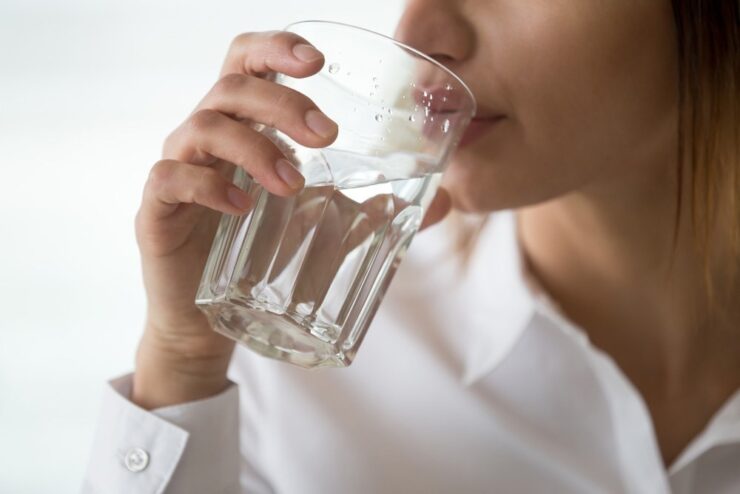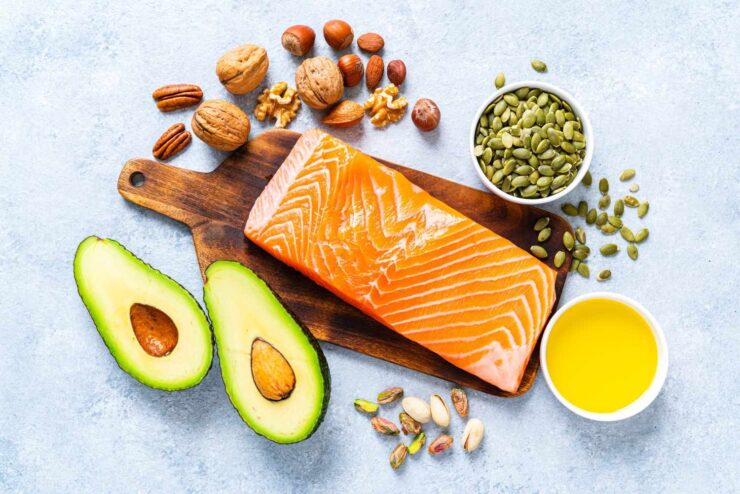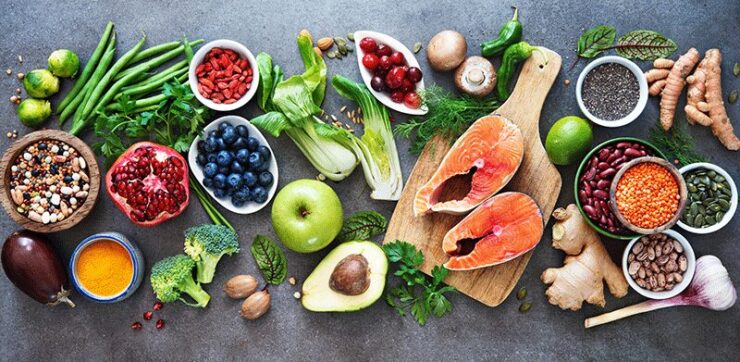Massage therapy is widely recognized for its numerous benefits, including pain relief, stress reduction, and enhanced relaxation.
However, the effectiveness of massage therapy can be significantly enhanced through proper nutrition.
By fueling the body with the right nutrients, individuals can optimize the healing and restorative effects of massage, supporting overall health and well-being.
Understanding the connection between diet and massage therapy can help individuals make informed choices that maximize the benefits of their sessions.
Why does hydration matter?

Hydration plays a crucial role in enhancing the benefits of massage therapy. Water is essential for maintaining healthy muscle function, joint lubrication, and the elimination of toxins from the body.
During a massage, muscles are manipulated, and blood flow is increased, which can help release metabolic waste products stored in the tissues.
Proper hydration before and after a massage ensures that these toxins are efficiently flushed out, reducing the risk of soreness and promoting faster recovery.
Drinking plenty of water helps maintain the suppleness of muscles and tissues, making them more responsive to the massage techniques.
Staying hydrated also supports the lymphatic system, which plays a key role in immune function and detoxification.
By prioritizing hydration, individuals can enhance the overall effectiveness of their massage therapy sessions, ensuring that their bodies are primed for optimal recovery and healing.
How can a balanced diet help you?
A balanced diet rich in essential nutrients is fundamental to supporting the body’s ability to heal and recover from massage therapy.
Proteins, vitamins, minerals, and healthy fats all contribute to the maintenance and repair of muscle tissues.
Protein, in particular, is vital for muscle recovery and growth, as it provides the building blocks necessary for repairing damaged tissues.
Incorporating lean protein sources such as chicken, fish, beans, and legumes into the diet can support the body’s recovery processes.
Vitamins and minerals also play critical roles in muscle function and recovery. For example, magnesium is known for its muscle-relaxing properties and its ability to reduce muscle cramps and spasms. Leafy greens, nuts, seeds, and whole grains are excellent sources of magnesium.
Similarly, calcium is essential for muscle contraction and relaxation, making dairy products, fortified plant-based milks, and leafy greens valuable additions to a post-massage diet.
Make sure you talk to the professionals in places like Makangs, so that you make the right food choice before you get the Daegu massage (대구마사지) or any other type of treatment that might be recommended for your specific case.
Antioxidants, found in fruits and vegetables, help combat oxidative stress and inflammation, which can be heightened after a massage.
Consuming a variety of colorful fruits and vegetables ensures an ample intake of antioxidants, supporting overall cellular health and reducing inflammation.
By prioritizing a balanced diet, individuals can provide their bodies with the nutrients needed to maximize the therapeutic benefits of massage.
What is the role of anti-inflammatory foods?

Inflammation is a natural response to muscle manipulation and stress, but chronic inflammation can hinder recovery and exacerbate discomfort.
Incorporating anti-inflammatory foods into the diet can help manage inflammation and support the body’s healing processes.
Omega-3 fatty acids, found in fatty fish like salmon, mackerel, and sardines, are known for their potent anti-inflammatory properties.
These healthy fats can help reduce muscle soreness and promote faster recovery after a massage.
Turmeric, a spice commonly used in cooking, contains curcumin, a compound with strong anti-inflammatory effects.
Adding turmeric to meals or consuming it as a supplement can aid in reducing inflammation and supporting muscle recovery.
Other anti-inflammatory foods include berries, cherries, ginger, and green tea.
By incorporating these foods into the diet, individuals can create an anti-inflammatory environment that enhances the benefits of massage therapy.
Does the time when you consume things matter?
The timing of meals and snacks can also influence the effectiveness of massage therapy.
Consuming a light meal or snack before a massage can help maintain energy levels and prevent discomfort during the session.
However, it’s important to avoid heavy meals that can lead to digestive discomfort and distract from the relaxation experience.
Opting for a balanced snack that includes a combination of protein, healthy fats, and carbohydrates can provide sustained energy without causing discomfort.
After a massage, it’s beneficial to consume a nutrient-dense meal that supports recovery and replenishes energy stores.
Foods rich in protein and carbohydrates can help repair muscle tissues and restore glycogen levels, promoting faster recovery.
Including a variety of vegetables and healthy fats ensures a well-rounded intake of essential nutrients that support overall health and well-being.
What will happen if you avoid processed foods?

Processed foods, which are often high in unhealthy fats, sugars, and additives, can negatively impact the body’s ability to recover and heal.
These foods can contribute to inflammation, oxidative stress, and poor digestion, all of which can hinder the benefits of massage therapy.
By minimizing the consumption of processed foods and focusing on whole, nutrient-dense options, individuals can create a supportive environment for healing and recovery.
Whole foods, such as fresh fruits, vegetables, lean proteins, whole grains, and healthy fats, provide the body with the essential nutrients needed for optimal function.
These foods are free from artificial additives and preservatives, making them easier for the body to process and utilize.
By prioritizing whole foods, individuals can enhance the overall effectiveness of their massage therapy sessions and support long-term health and wellness.
Be smart when implementing supplements
In addition to a balanced diet, certain supplements can further enhance the benefits of massage therapy.
Omega-3 supplements, magnesium, and turmeric extract are popular choices for supporting muscle health and reducing inflammation.
However, it’s important to approach supplementation with caution and seek advice from a healthcare professional to ensure that supplements are appropriate for individual needs and do not interact with any medications.
Supplements should complement a healthy diet, not replace it.
Whole foods provide a wide range of nutrients that work synergistically to support health, and supplements can fill specific gaps or address particular needs.
By integrating supplements wisely, individuals can enhance their nutritional intake and support their body’s response to massage therapy.
Maximizing the benefits of massage therapy through proper nutrition involves a holistic approach that prioritizes hydration, a balanced diet, and the inclusion of anti-inflammatory foods.
By understanding the connection between diet and massage, individuals can make informed choices that enhance their overall well-being and support recovery.
Proper timing of meals, avoiding processed foods, and integrating supplements wisely can further optimize the therapeutic effects of massage.
Through mindful nutrition, individuals can create a foundation for health and healing, ensuring that each massage session contributes to their overall journey of wellness.
